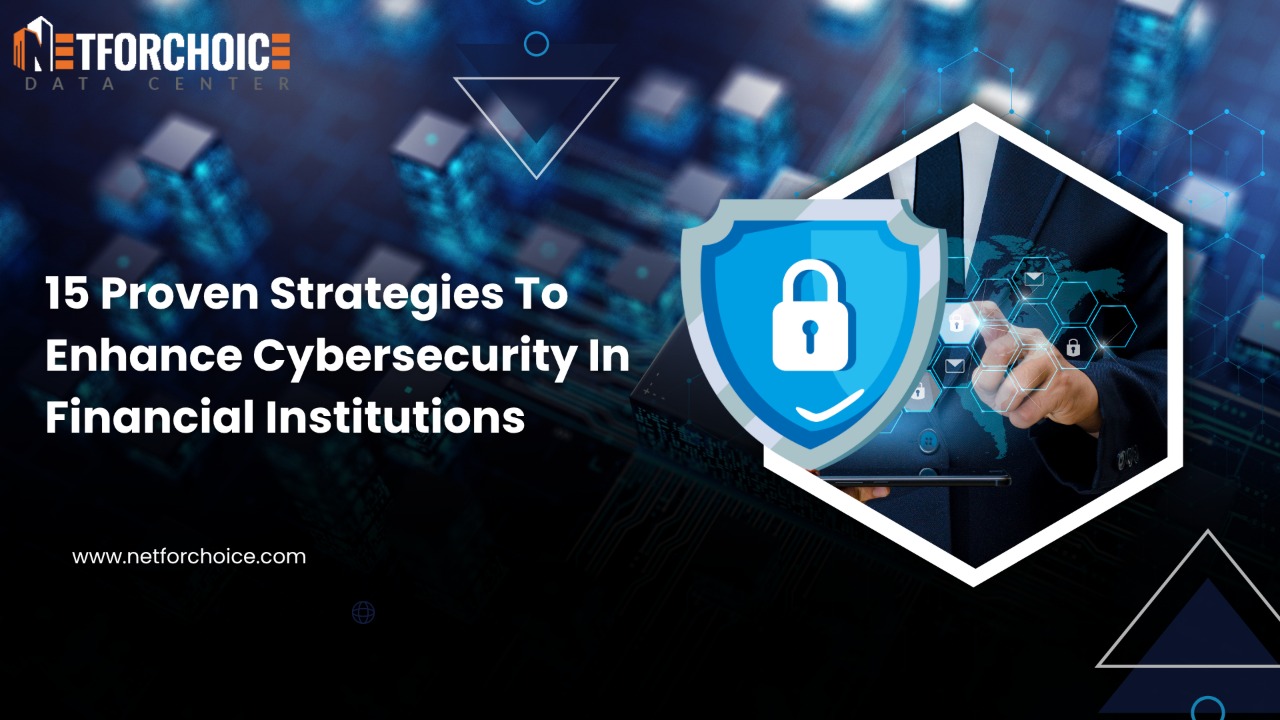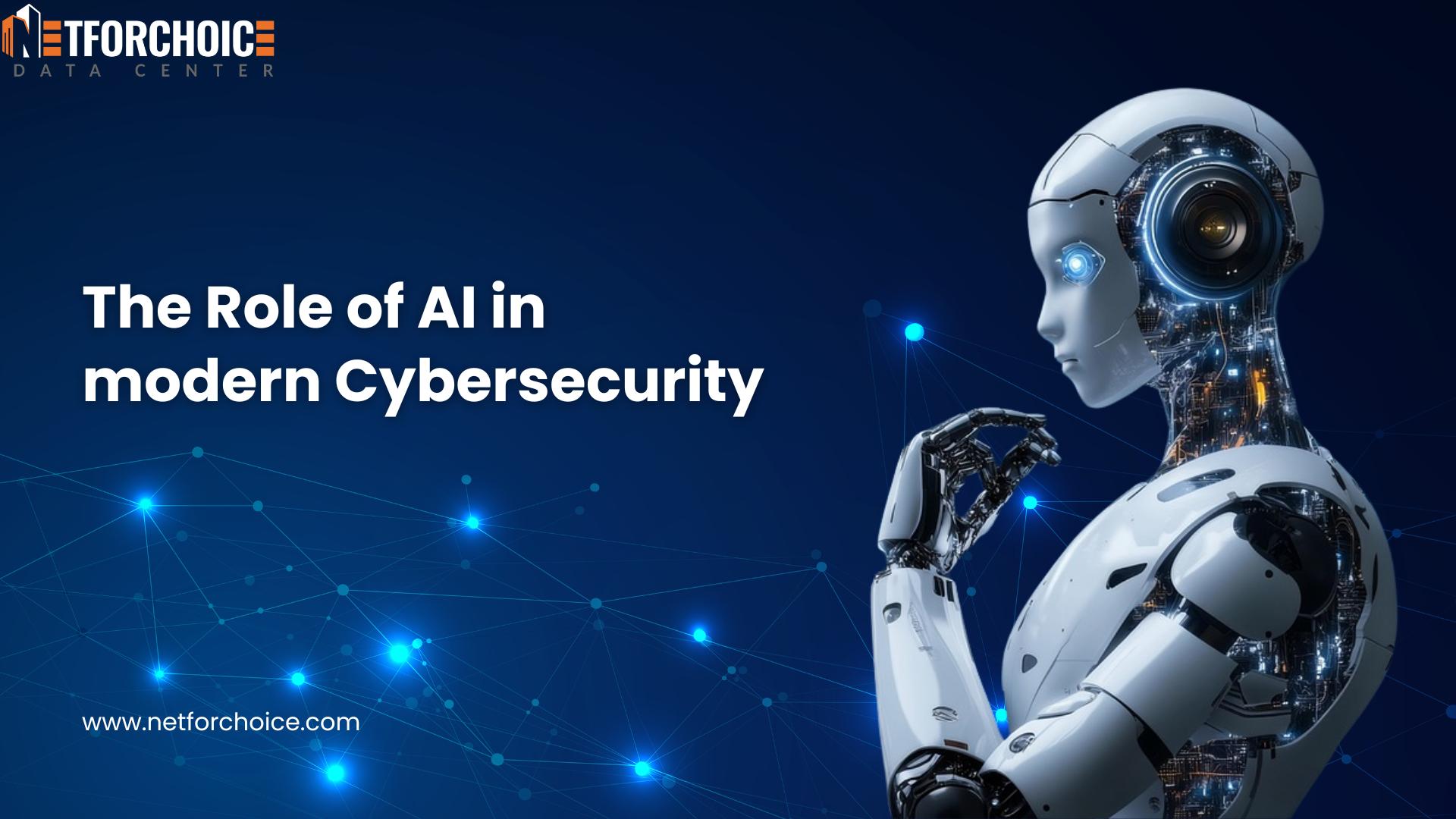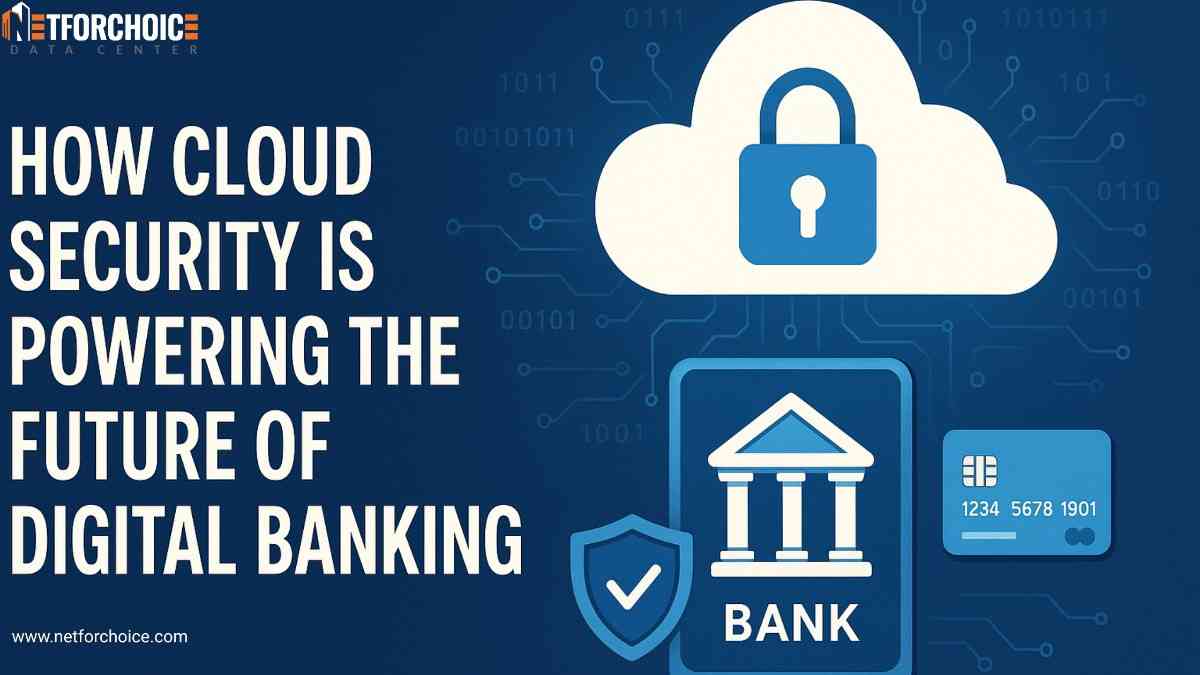15 Proven Strategies To Enhance Cybersecurity In Financial Institutions

Cybersecurity in the banking industry is more important than ever in today’s digital-first world. Financial institutions are increasingly being targeted by cybercriminals due to their increased reliance on online transactions, cloud computing, and mobile banking. Data, customer trust, and compliance can all be affected by a single vulnerability.
So, how can banks lower their cyber risk and enhance their digital defenses?
In 2025 and beyond, all banks and financial institutions should implement these 15 proven cybersecurity strategies.
15 Cybersecurity Strategies for Financial Institutions:
- Regularly evaluate cyber risks
Recognize your weaknesses first. Finding vulnerabilities in your infrastructure, such as out-of-date systems, improperly configured firewalls, or neglected user privileges, is made easier with the aid of a complete risk assessment. Banks are able to stay ahead of changing threats through routine audits.
- Put Strong Endpoint Security in Place
Every device linked to your network, including laptops, cell phones, ATMs, and cashier devices, could be a point of attack. Endpoint security is therefore essential. All endpoints can be protected against malware and unwanted access by using encryption, behavior monitoring, and next-generation antivirus software.
- Use MFA, or multi-factor authentication.
The days of using passwords alone to secure private financial information are long gone. By adding an additional layer of verification, like a biometric scan or one-time password (OTP), MFA makes it much more difficult for hackers to compromise your systems.
- Give vulnerability management top priority.
The ongoing process of finding, categorizing, and fixing security flaws in systems is known as vulnerability management. Automated tools can find known vulnerabilities in servers, networks, and apps and make sure they are patched in a timely manner before they are exploited.
- Provide Cybersecurity Awareness Training to Staff
Both your strongest and weakest points may be your employees. Staff members can learn about phishing, password hygiene, and safe email and app use through regular training sessions. Particularly good at raising awareness are simulated phishing campaigns.
- Track Real-Time Network Traffic
Banks can identify suspicious activity, like odd IP connections, data exfiltration attempts, or unusual login times, with the use of real-time network monitoring tools. Before harm is done, breaches can be prevented with early detection.
- Encrypt Data While It’s in Transit and at Rest
Whether it’s being sent over the internet or stored in a database, sensitive consumer data must always be encrypted. Data is compressed by encryption, making it unreadable even if intercepted without a decryption key.
- Establish a Strong Incident Response Strategy
Security breaches can occur even with the best security measures in place. Roles, duties, and procedures for promptly containing, looking into, and recovering from a cybersecurity incident are described in an incident response plan. This reduces downtime and harm to one’s reputation.
- Divide Up Your Network
Segmenting a network prevents a cyberattack from spreading. High-value systems, such as your core banking servers, are difficult for hackers to access if they breach one area of the network, such as a low-privilege user terminal.
- Update systems and software
Hackers are invited to use outdated software. Make sure your firmware, operating systems, and apps are patched and updated frequently to address known vulnerabilities, particularly those listed in public databases such as CVE (Common Vulnerabilities and Exposures).
- Implement Safe Access Controls
Not all data must be accessible to every employee. To guarantee that employees only access the data necessary for their jobs, implement role-based access control, or RBAC. In the event that credentials are stolen, this reduces the blast radius.
- Make Use of Threat Intelligence
Your IT teams can stay up to date on the newest cyberattack techniques, tools, and targets by subscribing to cybersecurity threat intelligence feeds. Proactive defense planning is aided by this proactive approach.
- Use Penetration Testing to Test Your Defenses Frequently
Penetration testing assesses your cybersecurity strength, much like financial audits do. Before actual hackers attack, ethical hackers use attack simulations to find hidden vulnerabilities and suggest solutions.
- Protect Your Outside Vendors
Numerous banks depend on outside IT vendors or fintech platforms. Make sure these partners adhere to strict cybersecurity guidelines. Prior to integration, obtain security compliance certifications and perform third-party risk assessments.
- Implement an Architecture of Zero Trust
The Zero Trust principle is “never trust, always verify.” This method makes the assumption that no device or user, even if they are within the network, should have automatic access. Based on the user’s identity, location, device, and behavior, each access request is validated.
Conclusion:
You need a partner who is aware of the complexity of cybersecurity in the banking sector if you want to properly safeguard your bank’s infrastructure. We can help with that.
From endpoint security, vulnerability management, and data loss prevention to 24/7 threat monitoring and incident response, NetForChoice provides financial institutions with specialized cybersecurity solutions.
With a Tier IV data center, international infrastructure, and a group of certified professionals, we assist banks in the Middle East and India in fighting off increasing cyberthreats.




